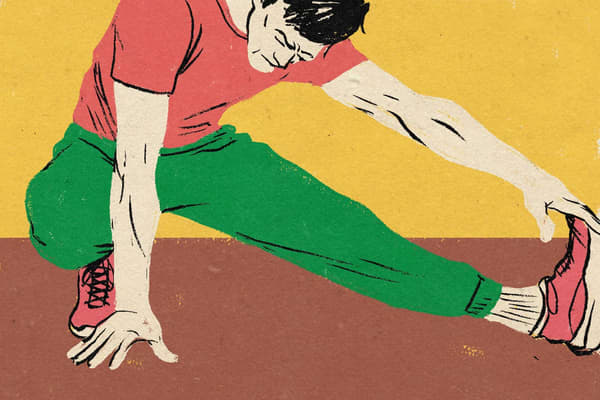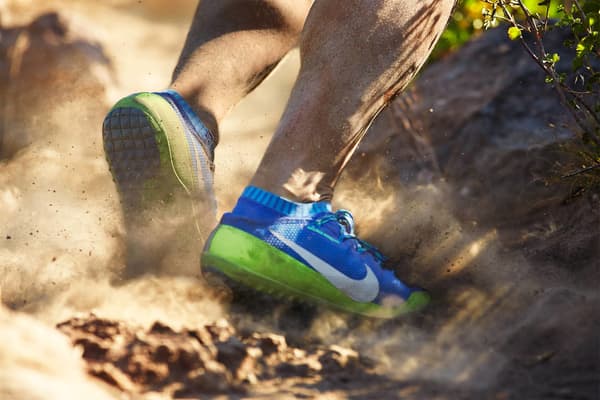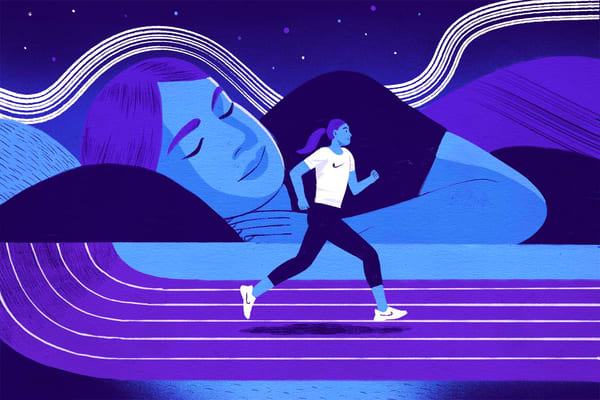Exercises for Herniated Discs, According to Experts
Health & Wellness
Here, doctors and physical therapists explain slipped discs and exercises to help alleviate pain — while also addressing the root problem.

Up to 2 percent of people in the United States experience herniated discs each year, making this a fairly common injury, per the Cleveland Clinic. But, there’s a wide range with disc herniation — some people don’t experience any symptoms, while others can be left in excruciating pain.
Whether you’re struggling with symptoms of a herniated disc or want to try to prevent one from happening in the future, experts often recommend specific herniated disc exercises to help. Here’s what you need to know, plus how to try to prevent herniated discs from happening in the first place.
What Is a Herniated Disc?
In order to understand herniated discs, it’s important to first understand what a disc is. Your spine consists of 33 bones called vertebrae. In between each vertebrae are soft discs that are filled with a jelly-like substance that help cushion the vertebrae and keep them in place. The discs break down over time and can lose their ability to cushion the vertebrae.
A herniated disc, aka a slipped disc, is a disc that ruptures, with the jelly-like material leaking and irritating nerves nearby. This can lead to back pain, neck pain, or no symptoms at all.
(Related: Your Guide to the Muscles in Your Back — And How to Exercise Them)
What Causes a Slipped Disc?
Well, experts say it depends.
“Herniated discs can be thought of in two broad categories,” said Nicholas Anastasio, M.D. and board-certified physician at Mercy Medical Center. “Acute disc herniations occur when forces are subjected on the disc that are great enough to cause an abrupt tear, herniation, or bulging of the disc.”
One common example of force that could cause a herniated disc is being in a car accident, said Allison Brown, Ph.D., D.P.T., an assistant professor of physical therapy at the Rutgers School of Health Professions. Another is from lifting too heavy weights.
Another category is a chronic disc herniation, Anastasio said — and this is generally linked with getting older. “Chronic disc herniations are generally a broad bulging of the entire disc,” he said. “Acute disc herniations can be more of a focal protrusion or sometimes an extrusion of the jelly-like center of the disc material.”
Your lifestyle is a factor of whether you’ll encounter this, too, said Moises Googe, D.O. and chief of spine surgery and pain management for Corewell Health West. “If you do a lot of manual labor or participate in high-impact sports, you are more likely to have a herniated disc,” he pointed out.
Herniated Disc Symptoms
Herniated discs can cause back or neck pain, depending on where they’re located, Brown said.
“Most individuals with symptomatic disc herniation will have pain in their low back. They can have pain because the disc herniation puts pressure on the nerve root,” she said.
The pain usually travels to the glutes, and even down the leg or foot on the side of the herniated disc, she said.
The classic symptoms of a herniated disc include having pain when you bend and after you sit for longer periods of time, Brown explained. “It can also come on with straining, a cough, or a sneeze that can increase pressure in the low back,” she said.
Herniated discs “can be pretty painful,” said Jason Koh, D.O., board-certified physiatrist and triage physician at Spine Health Center at MemorialCare Orange Coast Medical Center. “It can make people want to lay in bed while the disc heals.”
Still, Googe said, people “could have a bulging disc and not even know it because they have no symptoms.”
How To Prevent a Herniated Disc
The best way to prevent a herniated disc is with “good core strengthening and stabilizing your spine,” said Neel Anand, M.D. and professor of orthopedic surgery and director of spine trauma at Cedars-Sinai Spine Center. “If you have a [strong] core, your spine will stabilize very well and prevent uneven loading,” he said.
(Related: 5 Core Exercises To Add to Your Fitness Routine)
Anand compared the discs in your spine to car tires. “If the air is lower in one tire than others, it will create an uneven problem,” he said. “If you have a [strong] core, you will maintain a good, even load.”
There are a few additional things you can do to lower your risk of a herniated disc, Anastasio said:
- Use proper lifting techniques. That includes lifting with your knees bent, so you don’t put too much strain on your back.
- Have good support in your chairs and mattress. “Chairs or mattresses that [aren’t] supportive can cause undue stress” on the muscles supporting the lumbar spine, Anastasio said. That can lead to stress or fatigue in the area, and raise your risk of a disc herniation with the wrong movement or stress on the area.
How To Treat Herniated Discs
You’ll need to see your doctor for imaging tests to determine if you do, in fact, have a herniated disc.
Most herniated discs are treated “conservatively” and “tend to resolve on their own,” Googe said. Depending on your doctor's prognosis, they might recommend a range of therapies or treatments, from physical therapy to rest. These include:
- Steroid injections
- Anti-inflammatories
- Ice (or heat)
- Chiropractic care
- Massage
- Acupuncture
But, if a herniation is severe or it’s causing extreme pain or weakness, surgery may be needed, Googe said.
However, surgery is typically considered a last resort when other treatment options have failed, Brown said. Be sure to connect with your physician and/or a licensed physical therapist to talk about treatment plans.
Exercises Included in Treatment Plans for Herniated Discs
Building core strength is the primary goal of exercises for herniated discs and to prevent them, Anand said, but you don’t want to do the exercises if you’re experiencing intense symptoms.
“If you’re in severe pain, don’t try to exercise your core,” Anand said. “Let it settle down. It’s impossible when you have acute [muscle] spasms anyway.”
Depending on what the doctor has cleared you to perform, here are common exercises to try.
1.Planks

Brown said that “anything in the world of planking” can help. If you don’t have a strong core, you can start small, holding a plank for 15 to 30 seconds and building up from there to a minute at a time, she said. (Just be sure that your alignment is correct, i.e. you don’t want to hyperextend your back — this can make things worse.)
2.Supermans

To do this exercise, which Anand suggested, lay flat on your stomach on a comfortable surface, like a yoga mat. Then, gently lift your shoulders, arms, thighs, and legs off the mat, so your stomach is pressed into the ground and your arms and legs are raised like you’re flying. Hold for several seconds, then release. You should feel tightness in your core, and your eyes should be on the ground. Don’t lead with your chin. The goal is to be able to hold this position for longer periods of time to build up your core, Anand said.
3.Glute Bridges

These exercises allow you to work your core in a gentle way, Koh said. To do them, lay on your back on a comfortable surface like a yoga mat, with your knees bent and your feet flat on the ground. Push your pelvis up toward the ceiling to create a “bridge.” You should feel tension in your glutes, hamstrings, and lower back when you do this. Hold the position for a few seconds, then release. Koh suggested doing 10 to 15 reps at a time over three sets.
4.Supine March

Lay on your back with your knees bent, feet flat on the floor, Koh said. Raise your lower legs so that your shins are in the air, parallel to the floor. Then, alternately gently tap your legs down to the mat, touching your toes to the ground, before raising your leg again. Aim to do 10 to 15 reps (total) for three sets. “These should be challenging,” Koh said. If it feels like they’re too easy, he suggested adding ankle weights.
Consider Taking Pilates Classes
Pilates is “the best” form of exercise for building core strength, Anand said.
(Related: What Is Pilates — And What Should You Wear for It?)
The Bottom Line
If you’re struggling with herniated disc pain and are unsure of how to get relief, talk to a doctor. Your doctor should be able to give you an evaluation before giving you a referral, either to a physical therapist or back pain specialist who can give you advice targeted to your particular situation.
Words by Korin Miller





